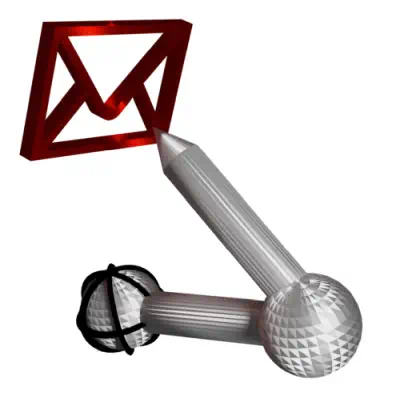AyMINE – Technical documentation
Modules
Integration with ERP Abra Gen
 Task, project & quality management
Task, project & quality management
Manager approval with the task report
Why some data can't be deleted
GDPR and record of qualifications
Qualification of user or contact
Right to Manage Qualifications
Adminitration of areas, projects, calendars
Failure Analysis for an Individual Property of a Component or Process
FMEA – Probability of Detection
FMEA – Probability of Occurrence
 Task, project & quality management
Task, project & quality management
Administration of the Task Management Module
System rights for the task management module
Improvements and Preventive Measures
Methodology and Quality Management systems
What makes up the methodology / SMJ
Problems, tickets and their management
Collaborative Resolution of Multiple Problems
Customer Service Response Generation
Incident and Quality Issue Management
Objects affected by the problem
Problems, Incidents, Helpdesk Tickets
Return project plan by baseline
Sample tasks and methodologies of the area
Effect of the task on the right to modify the attached object
The person responsible for the task
Working procedure – task definition
Management of responsibilities - RACI Matrix
Objects related to the task pattern
 Contacts and directories module (CRM)
Contacts and directories module (CRM)
Address book list and management
Directory or people and companies
Order overview for customer groups
 Contacts and directories module (CRM)
Contacts and directories module (CRM)
System Permissions and CRM Module Settings
Send bulk messages in compliance with GDPR
How to correctly forget a person's details
Unsubscribe and set preferences
for bulk mail
 Web management and automation
Web management and automation
Receiving a message from the web
Human resources
Personalistics – User Permissions and roles
Human Resources module security
Manage department / division data
Overview of Personnel Information for pracov# Employment Contract
Synchronizing staff and system users
 Products, assets and sales
Products, assets and sales
Creating and processing orders
Manage the Property & Business module
Why are the Quality criteria usefull
Managing Finance
Metrics and Measurements
Work summaries from generated data
Technical Modules
Sabre plugin module
Enterprise Architect connector
Database link to Enterprise Architect database
Enterprise Architect connector
System Modules
 The AyMINE Framework Module
The AyMINE Framework Module
AyMINE — Tips for Mobile Usage
Configure how your system looks and works
Gestures and Keyboard Shortcuts
More about how the system works
Private notes and tags for objects
Overview of Modules and Record Types
 AyMINE Modules
AyMINE Modules 
Modules are managed during the client account definition.
Information on this page address the system administrators tasks.
- How to add a module
- When to update
- When updating the module is not necessary
- How to update a module
- You should know
The system administrator page is used to upload modules to the operating environment. Functions require developer permissions and are intended solely for installing new modules or changes.
How to add a module
Default condition
A new module can only be added after it is physically placed on the operating server. This needs to be prepared directly on the server, this screen is not used for this.
The Upload function takes you to the menu to add a module. The system knows nothing about the module at the moment, so you must enter its name. The system then analyses what installation options the module offers and you can select which ones you want to run.
What to do when installing
When installing, the system registers all the module components that the server needs to know, retrieves data about the module objects and stores the information needed for the server to function.
When installing a module, data useful for further development (support for programmers) is also created. It is therefore practical to install modules as soon as possible in the development environment.
When to update
- When to develop a module, updating the module allows you to generate system code constants into the back-end code.
- When testing back-end functionality, especially PDF outputs, you will need updated translations
- When changing anything that defines the module installation script – the extent of installation is always dependent on the module and you need to consult the technical documentation of the specific module.
When updating the module is not necessary
- Changes to the definition of an object that is already registered in the system do not require updating (reinstallation). However, it is necessary to clear the system cache (with installation it is done automatically, but it is possible to start manually).
How to update a module
A module uploaded once may need updating when a major change is made to it. Specifically, it needs updating:
- After adding an object
- After changing extensions
- After changing system or user (client) dials
As part of the update, it is also possible to import system privilege settings (system roles) that can be transferred from one environment to another (typically from development to test and operation).
You should know
For once uploaded modules, there is no feature that would exclude them from the operating environment. It is not expected that once added modules would need to be removed.
Uploading of modules is provided by back-end functions and controlled via the back-end interface. Therefore, functions are not available within the mobile application.
Uploading and installing modules is not enabling them to clients. Of course, modules must be uploaded before they can be enabled to clients, but enabling clients of systems is done in the administration of individual clients. For managing modules with clients, a system privilege is sufficient, no developer privilege is necessary.
You must have a privilege to start the installation. This is not possible without the system module being installed. You will create the first user and the associated privileges within the installation – see the technical manual for installation.